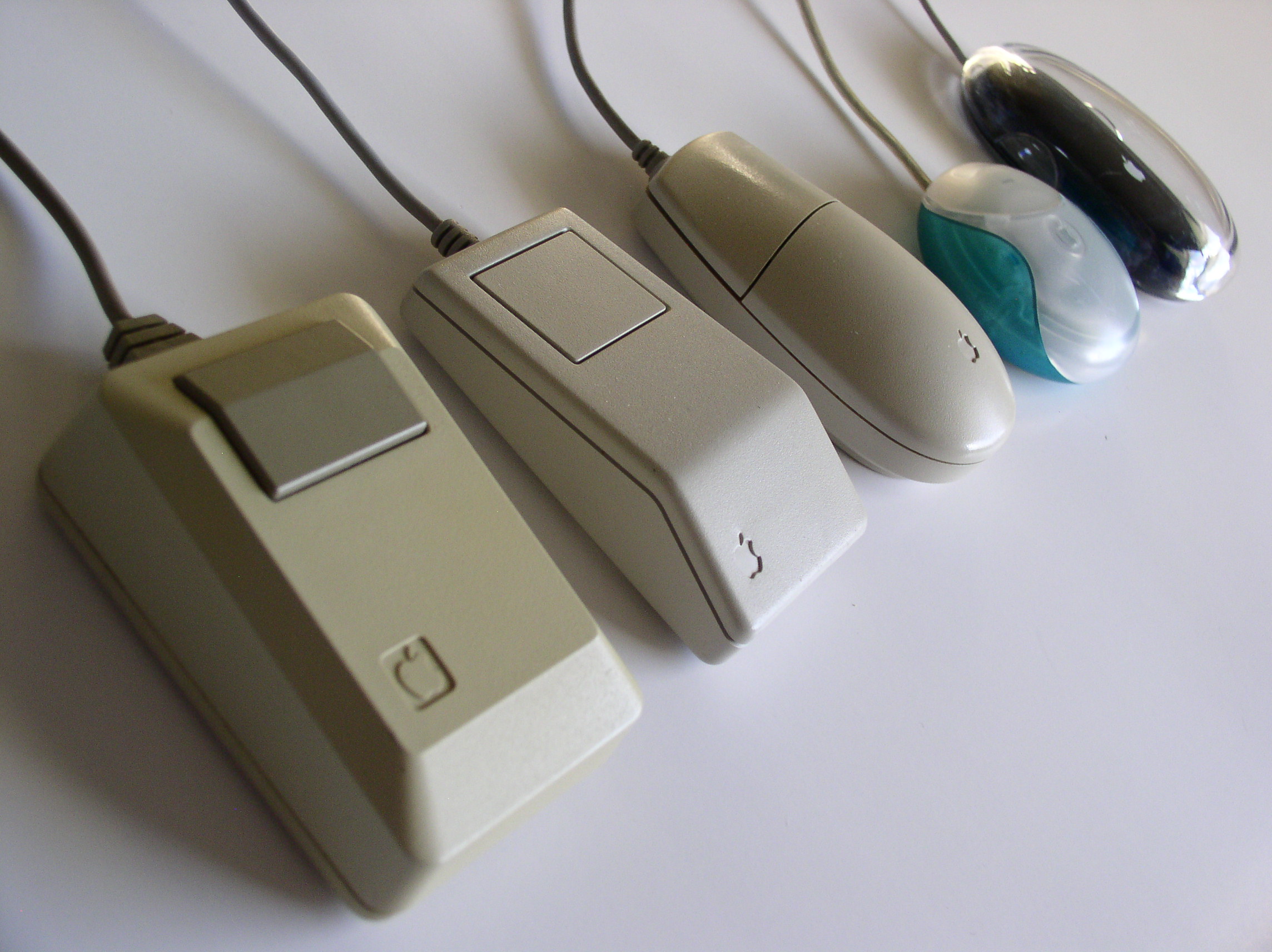Growing up, I was a science and math kid. I liked the facts, the memorization, even the tests. I liked the clear cut, yes or no, A + B = C answers. This seemed to bring me two things: decent grades, and the ability to check out of any creative thinking. In college, a slow shift started without my knowing. My favorite class was my anatomy class, where one thing connects to another thing, and then it does. Sounds cut and dry (no pun intended… maybe), but all of a sudden I found myself looking at the big picture of how and why the pieces fit together. I was thinking about connectivity, relationships, pathways, and purpose. I was design thinking. Fast forward a few years, and to my surprise I’m spending time outside of my day job designing websites for bloggers, churches, small business, and nonprofits.
Truth: technology is changing faster than we are, so maybe it has a few things to teach us. Here are a few things happening in web design lately, some thoughts on what they teach us about the world, and ourselves.
- Manage your own content: Most websites these days use a Content Management System (CMS). These are things like WordPress, Joomla, Drupal, Squarespace, etc. The days of sending in your website updates to a faceless person to add content are over. Your content = your voice. True in design, and in life.
- Be mobile responsive: From now on, it’s a web design necessity. The stats are clear: people browse from wherever and whenever. Be open to that idea in life – let people see the real you, anywhere and anytime.
- Tell stories: A good website reads like a story these days, in a “choose-your-own-adventure” style experience. Stories matter. Your stories matter. They will be what lead and inspire people. Live them, learn from them, and then tell them over and over.
- Use plenty of white space: The best way for the most important things to stand out is to have plenty of white “negative” space. This will draw your eye to what matters most. Clutter is bad, very bad, on sites these days, and that’s true for our lives too.
- Have a great user experience: We’ve always been told not to care what people think. I disagree. That doesn’t mean we embrace their judgment or bad attitude, but the positive “user experience” people have with us – our smile, our wisdom, our passion – might make all the difference in their day.
- Use less words and more images: I used to think it was my words that might impress someone. Think about conversations with a person who talks to hear their own voice. What if we practiced saying much less, with much higher impact?
- Be social: Good sites have moved further away from static pages to fresh content and conversational design. They push to and pull from social media platforms, and facilitate relationships more than pass information. Relationships, and the experiences that build them, have the most significant impact on our lives.
- Lead toward action: A good site has a few different ways to take a next step. There is a dance between what the user is looking for, and what the content owner wants them to act on. Yes, in life too. Set up the next meeting, exchange email addresses, keep good relationships going.
- Pay attention to what’s “above the fold”, but encourage scrolling: Reality is that we’ve got a single impression to capture attention. Sites used to try to pack everything above the fold, but not anymore. A good site inspires with what’s above the fold, and encourages scrolling – digging deeper.
- Be a cohesive brand: This is the equivalent to integrity. If we present the same personal brand throughout all the different experiences people may have with us, they’ll tell our stories for us, find us jobs, send us connections, and become our friends.
Would you add any? What do you see happening on your favorite sites that tell you something about life?


